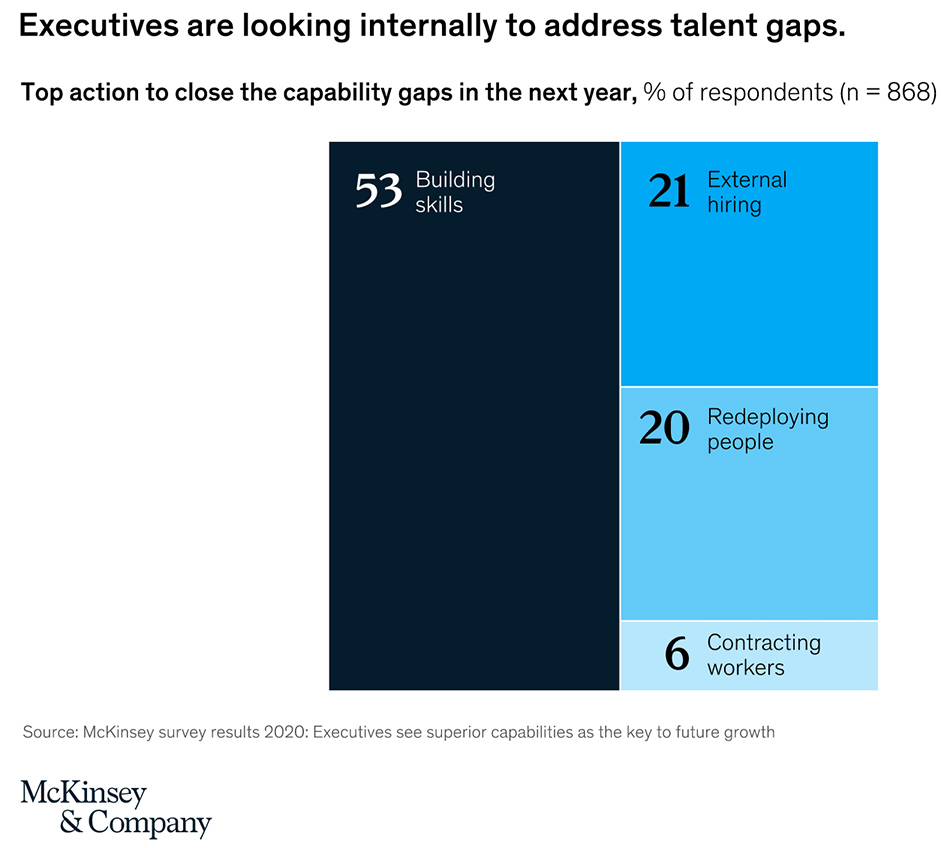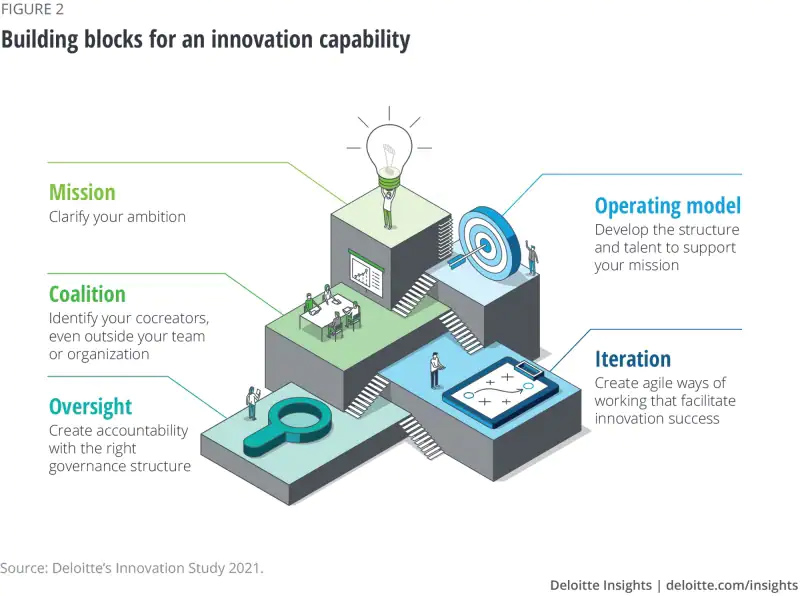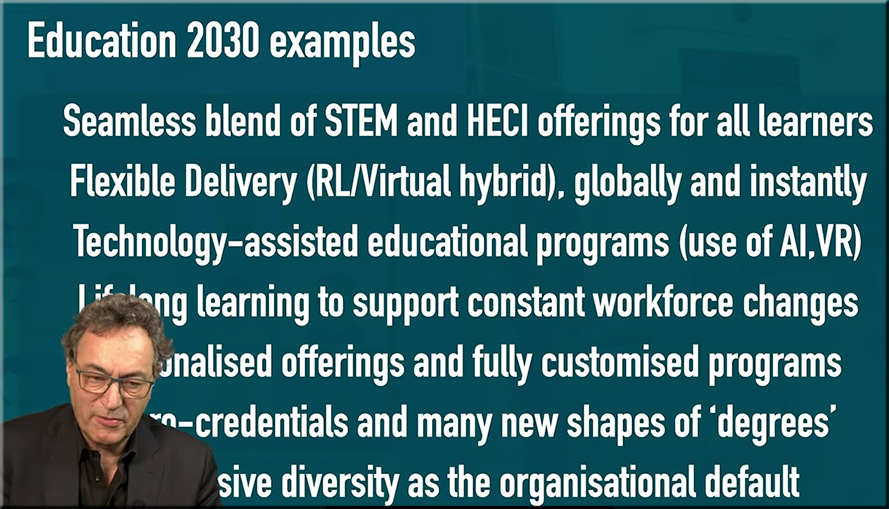Majority of workers who quit a job in 2021 cite low pay, no opportunities for advancement, feeling disrespected — from pewresearch.org by Kim Parker and Juliana Menasce Horowitz
Excerpt:
A new Pew Research Center survey finds that low pay, a lack of opportunities for advancement and feeling disrespected at work are the top reasons why Americans quit their jobs last year. The survey also finds that those who quit and are now employed elsewhere are more likely than not to say their current job has better pay, more opportunities for advancement and more work-life balance and flexibility.
Also relevant/see:
EDUCAUSE QuickPoll Results: The Workforce Shakeup — from by Mark McCormack
A sizable wave of staff departures is headed toward higher education. Staff cite either institutional or personal reasons for staying or leaving, suggesting a range of institutional strategies for attracting and retaining talent.
Excerpt:
Middle-managers and middle-tenure staff, in particular, may be at risk of leaving, suggesting a number of solutions institutions might deploy to help attract and retain needed talent.
Addendum on 3/13/22:
- I quit — from mckinsey.com















